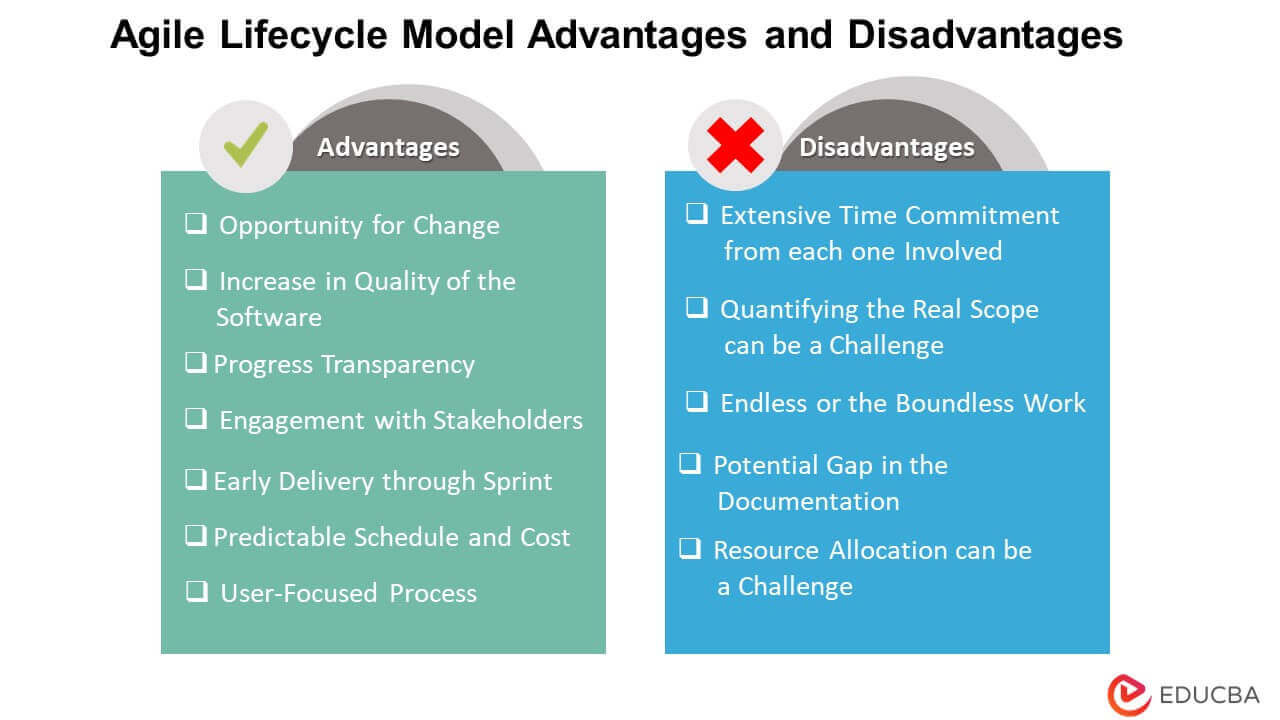

- #DISADVANTAGES OF WATERFALL PROJECT MANAGEMENT SOFTWARE#
- #DISADVANTAGES OF WATERFALL PROJECT MANAGEMENT CODE#
The project scope is agreed upon by the development team and the clients in advance. You get a clear understanding of your project timeline and deliverables before the project begins. This is a clear framework and one of the easiest models to manage.

For example, a client must review and approve requirements before design can begin. Additionally, there is a stage-gate between each. Typically, every stage finishes before the next one can begin.
#DISADVANTAGES OF WATERFALL PROJECT MANAGEMENT SOFTWARE#
Delivering the finished product to the customer.Īll these events in a traditional development project represent a distinct stage of software development.


After that, the system and user acceptance are tested.The main task of this stage is to test codes and unites. At this stage, the developers try to find a suitable form to meet all the customer’s requirements. The customer is involved in the project performance only at the first and the last stage. During the next stages of work, all the actions will be conducted based on this documentation. Gathering and documenting requirements.The sequence of events according to this method looks that: It is usually used by companies with a hierarchical structure. The traditional method is based on strict planning and performing the project plan step by step. Waterfall means a linear approach to development. If you want to get some details, it is worth starting with the basics. Waterfall comparison table: Quick Agile and Waterfall Comparison Table If you have no time for details, here’s a brief Agile vs. In this article, we define the main advantages and disadvantages of each approach to software development and offer a quick differentiation of both methodologies, which we have posted in a handy infographic at the end of the post. The selection of a certain methodology depends on the particular project and the company that performs it. What is the difference between both methodologies? They both are usable and mature. User Stories, Epics, Initiatives, And Themes.However, what type of model should be adopted by an organization completely depends on the scope of the project, and its importance.įor smaller projects, waterfall technology could prove beneficial, whereas agile is better for other kinds of projects. Some of such elements are Uncertainty levels, innovations, customer relations, etc.īoth of the methodologies assist organizations in the completion of the projects. Moreover, there are other factors that need to be considered while selecting between the two methodologies. If the client expects the details of the project at certain stages, the agile methodology works better in such cases. The agile methodology should only be adopted in situations where teams work on a timely basis. If a team is clear about the idea of a product and the client is also sure about the project’s scope, then in such a situation, waterfall methodology can be easily adopted.
#DISADVANTAGES OF WATERFALL PROJECT MANAGEMENT CODE#
The project or the code won’t be given to the client initially but only when the project is completed. Waterfall methodology is ideal in a situation where there has been a clear understanding of the final products.


 0 kommentar(er)
0 kommentar(er)
